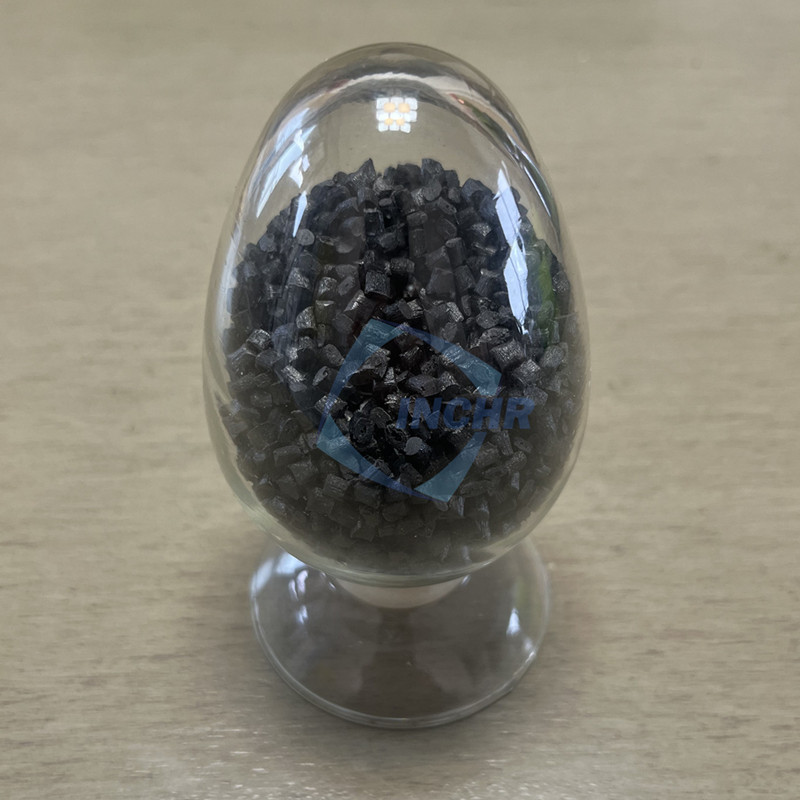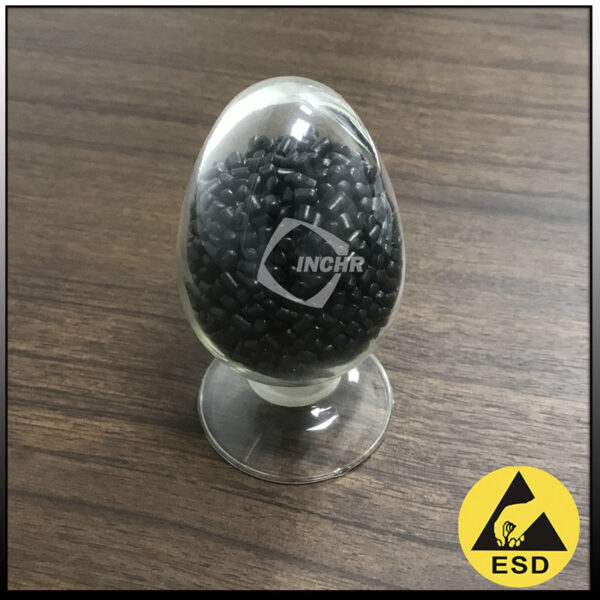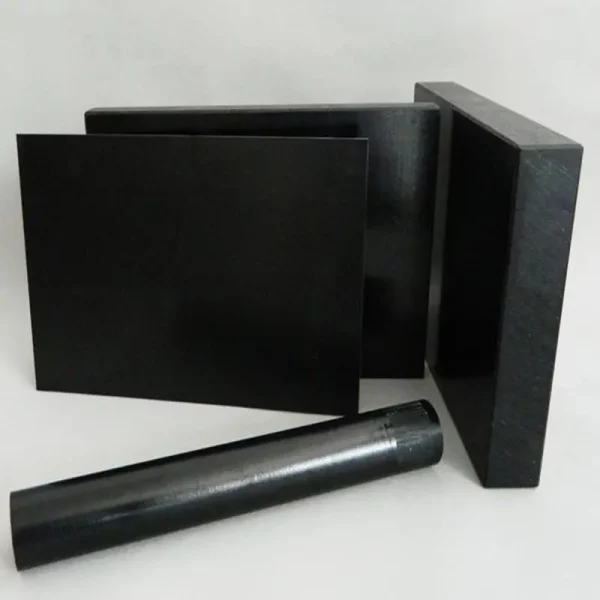In the realm of advanced materials, carbon fiber reinforced polymer (CFRP) stands as a testament to human ingenuity, blending strength, lightness, and versatility in ways that redefine industrial possibilities. Composed of carbon fibers embedded in a polymer matrix—typically epoxy resin—this composite material has transcended niche applications to become a cornerstone of innovation across aerospace, automotive, construction, and renewable energy sectors.

The Science Behind Carbon Fiber Reinforced Polymer’s Superiority
The magic of CFRP lies in its unique structural synergy. Carbon fibers, thin strands of crystalline carbon atoms aligned to maximize tensile strength, provide the material’s backbone. These fibers, which are five times stronger than steel but only a fraction of its weight, are held together by the polymer matrix, which distributes loads evenly and protects against environmental damage. This combination results in a material that boasts an exceptional strength-to-weight ratio, resistance to corrosion, and low thermal expansion—properties that make it indispensable in high-performance scenarios.
Manufacturing processes for CFRP, such as layering, molding, and curing, allow engineers to tailor the material’s properties to specific needs. By adjusting the orientation of carbon fibers or the type of polymer matrix, they can optimize for rigidity, flexibility, or heat resistance, making CFRP a highly adaptable solution.
Transforming Industries: Real-World Applications
In aerospace, CFRP has become a game-changer. Aircraft manufacturers like Boeing and Airbus use CFRP in fuselages and wings, reducing overall weight by up to 20% compared to traditional aluminum structures. This not only improves fuel efficiency but also extends flight ranges, a critical advantage in an era focused on sustainability.
The automotive industry is also embracing CFRP to meet stringent emissions standards. Luxury and high-performance car brands integrate CFRP into chassis, body panels, and even interior components, enhancing speed and safety while cutting down on fuel consumption. Electric vehicle manufacturers, in particular, value CFRP for its ability to offset the weight of heavy battery packs, extending driving distances.
In construction and infrastructure, CFRP is revolutionizing repair and reinforcement. Its corrosion resistance makes it ideal for strengthening bridges, tunnels, and buildings in harsh environments, where steel would degrade over time. Engineers use CFRP wraps to reinforce concrete structures, adding strength without significant weight gain.
Renewable energy sectors, too, benefit from CFRP’s properties. Wind turbine blades made from CFRP are lighter and more durable, capturing wind energy more efficiently and reducing maintenance costs. Similarly, in solar panel installations, CFRP supports structures withstand extreme weather conditions, ensuring longevity.
Addressing Challenges: Cost, Recycling, and Accessibility
Despite its advantages, CFRP faces challenges that limit widespread adoption. High production costs—stemming from the expensive manufacturing of carbon fibers and complex molding processes—make it less accessible for low-budget projects. Additionally, recycling CFRP remains a hurdle. Unlike metals, which can be melted and reused, CFRP’s composite structure is difficult to break down, leading to waste management issues.
However, ongoing research is tackling these problems. Innovations in carbon fiber production, such as using recycled materials or bio-based polymers, aim to reduce costs. New recycling techniques, including chemical and thermal processes to separate fibers from the matrix, are emerging, paving the way for a more circular CFRP economy.
The Future of Carbon Fiber Reinforced Polymer: Innovation on the Horizon
As technology advances, CFRP’s potential continues to expand. Researchers are exploring self-healing polymers that can repair cracks in the matrix, extending the material’s lifespan. Smart CFRP, embedded with sensors, could monitor structural health in real-time, providing early warnings of damage in critical applications like aircraft or bridges.
In emerging fields like space exploration, CFRP’s lightweight and high-strength properties are proving invaluable. Companies developing reusable rockets and space habitats are turning to CFRP to withstand the extreme conditions of space while keeping launch weights manageable.
Conclusion: A Material Shaping Tomorrow
Carbon fiber reinforced polymer is more than just a material—it’s a catalyst for innovation. Its ability to balance strength, lightness, and durability has already transformed industries, and as production becomes more efficient and sustainable, its impact will only grow. From making air travel greener to building resilient infrastructure, CFRP is not just keeping pace with the demands of modern engineering—it’s leading the way. As researchers and engineers continue to unlock its potential, CFRP will undoubtedly play a central role in shaping a more efficient, sustainable, and advanced future.


